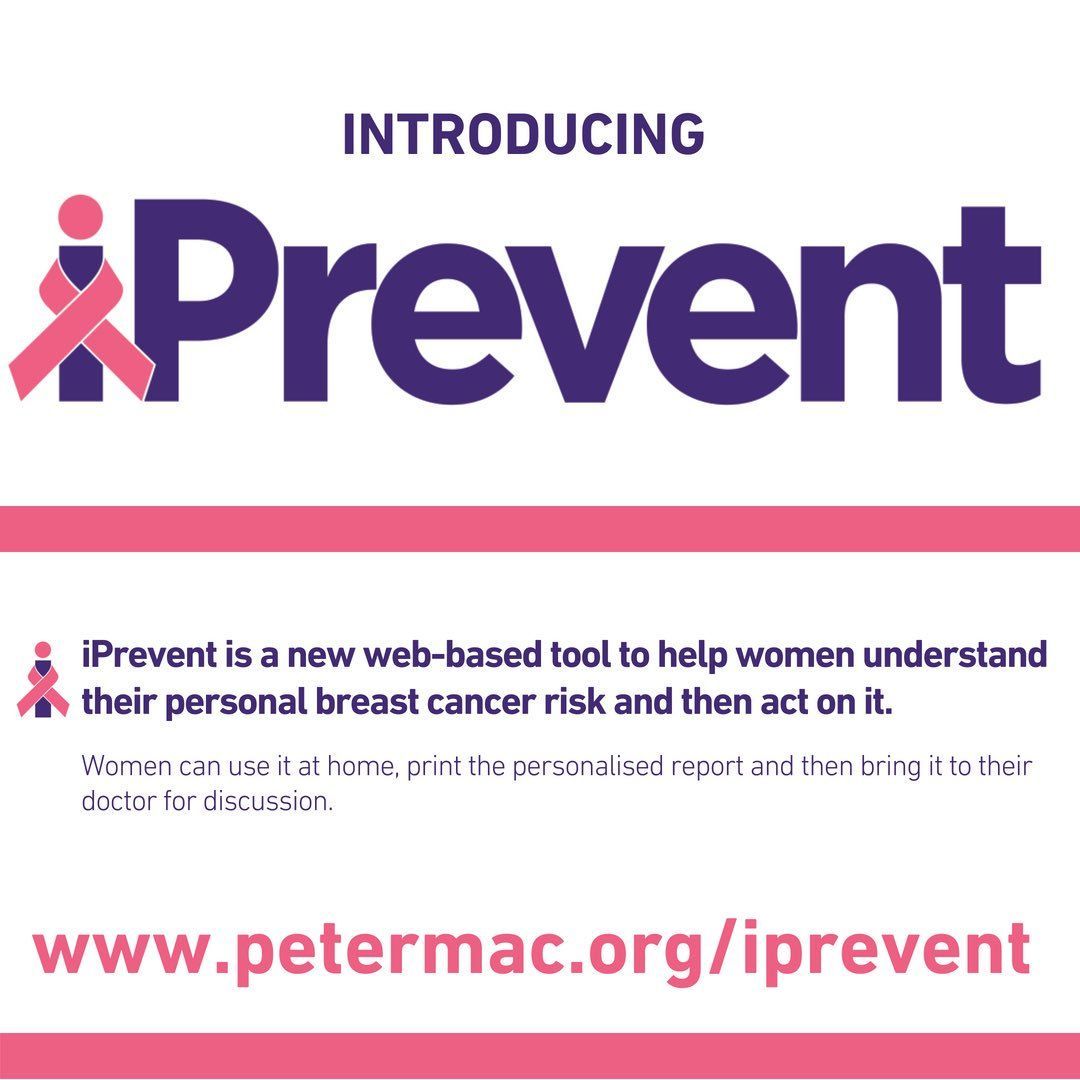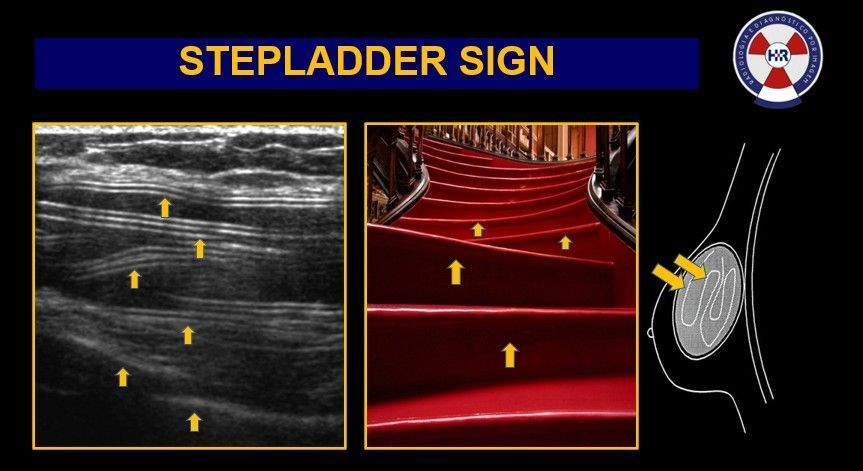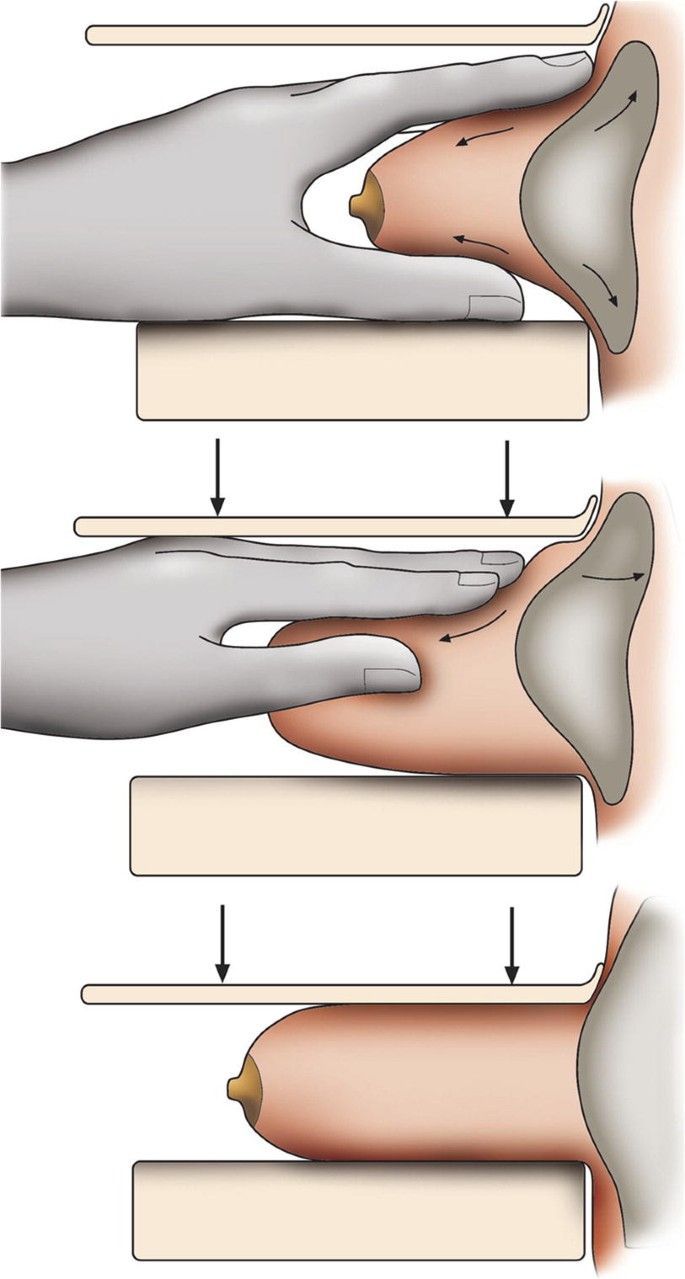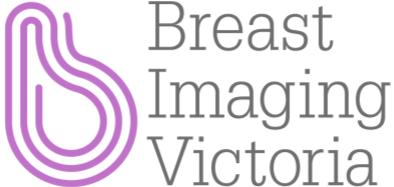BreastScreen Aust V BIV
BreastScreen Australia vs. Breast Imaging Victoria
We often encounter questions about how our services differ from BreastScreen Victoria. Both play crucial roles in breast health, but there are key differences that might influence where you choose to go for your breast checks.
Accessibility and Eligibility:
- BreastScreen is a government-funded program providing free mammograms for women aged 50 to 74, targeting asymptomatic women for breast cancer screening every two years.
- Breast Imaging Victoria offers screening and diagnostic services to a broader age range and is not limited to asymptomatic patients. This includes younger women and men at risk of breast cancer, providing a more inclusive service. If you have symptoms, particularly a lump you need to see a diagnostic provider like us. While we are a private service and charges apply, many of our diagnostic services may be eligible for Medicare rebates. We encourage you to call us to discuss your specific situation and how we can provide the most cost-effective care for you.
Service and Turnaround Time:
- BreastScreen typically operates within a structured timeframe, which can mean waiting periods for both appointments and results, usually within two weeks.
- Breast Imaging Victoria prioritises quick access to appointments and faster turnaround times for results, often within 24 to 48 hours, catering to those who need swift answers.
Technology and Services:
- BreastScreen provides standard 2D mammograms as part of its screening program. They don't have ultrasound services, unless you are called back for assessment clinic, where you may have a targeted ultrasound of the concerned area.
- Breast Imaging Victoria offers advanced imaging options like 3D mammography and contrast-enhanced mammography, along with ultrasound and biopsy services as needed. This comprehensive range ensures a more detailed and accurate diagnosis.
Specialist Access:
- BreastScreen focuses on screening and refers out for further diagnostic or treatment services.
- Breast Imaging Victoria not only offers advanced diagnostic tools but also has a team of specialists on-site, including radiologists and breast surgeons, to provide integrated care from diagnosis to treatment planning.
Choosing Your Path:
The choice between a public program and private services often depends on personal circumstances including risk factors, the need for specialised services, and desired speed of service. At BIV, we are committed to providing personalised, comprehensive breast care that addresses your unique needs.
For those seeking more frequent screenings, access to advanced technologies, or immediate specialist consultation, private diagnostic services like BIV offer a tailored approach to breast health care.




